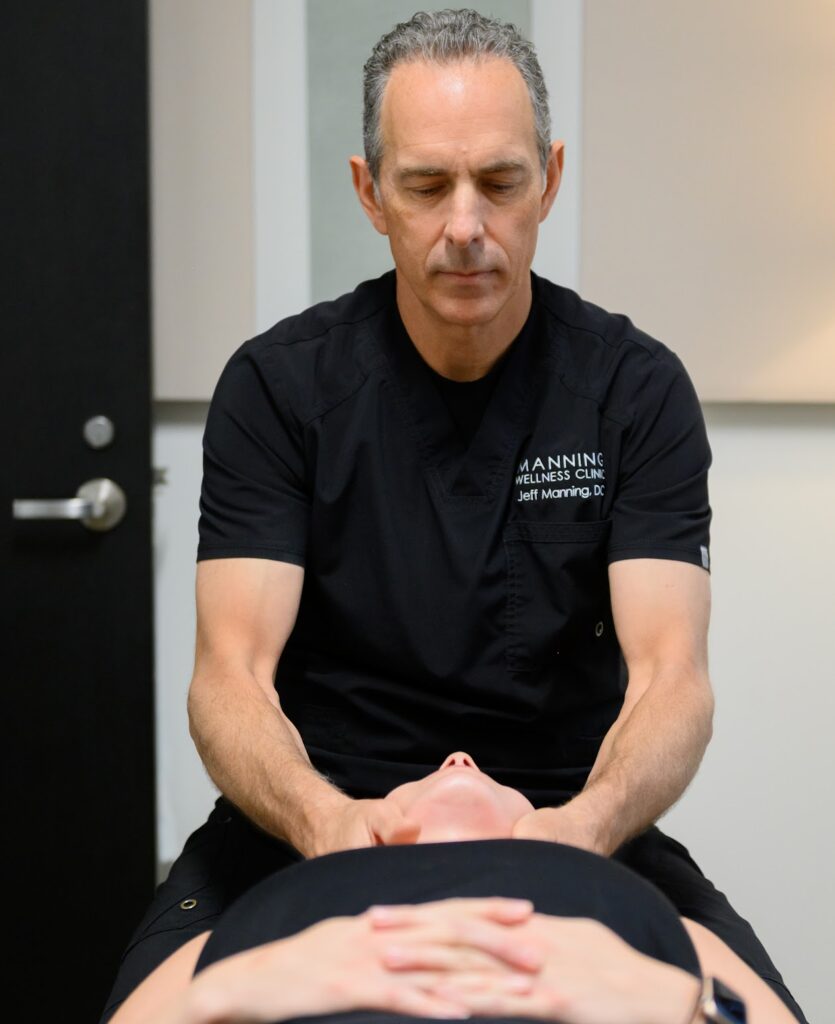
At Manning Wellness Clinic, we do more than chiropractic care—we offer an all inclusive blend of wellness services, including massage therapy, acupuncture, and more. Voted the Best Chiropractor in Dallas (75219),
For relief from back pain, neck pain, shoulder soreness, headaches, sports injuries, and more, book your appointment today with Manning Wellness.
Why Massage Therapy?
Massage has been a trusted method of healing for thousands of years, offering a wide range of techniques to relax muscles, alleviate pain, and promote overall wellness. Whether you’re seeking relaxation or relief from specific symptoms, our skilled therapists personalize every session to meet your needs.
The most popular choice for relaxation and tension relief. Swedish massage incorpporates soft, long strokes, gentle kneading, and rhythmic tapping to:
Ideal for targeting chronic pain or stiff “trouble spots,” this technique uses slow, deliberate strokes to focus on deeper layers of muscles and tissues, helping with:
This medically oriented massage addresses:
With athletes in mind, this style enhances flexibility, prevents injuries, and promotes faster recovery. It’s perfect for:
Massage therapy isn’t just for feeling great—it can dramatically improve your health. Studies show its effectiveness in managing:
To complement chiropractic care, Manning Wellness Clinic also offers in-house massage therapy and acupuncture, ensuring a well-rounded approach to your health and healing. Experience the difference at Manning Wellness Clinic today!